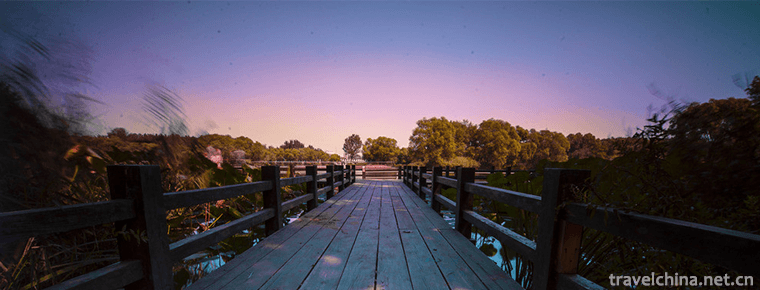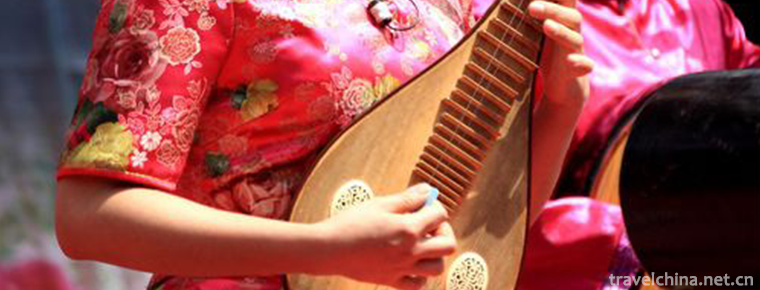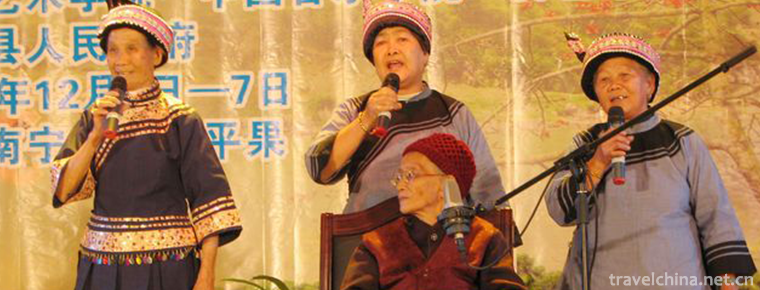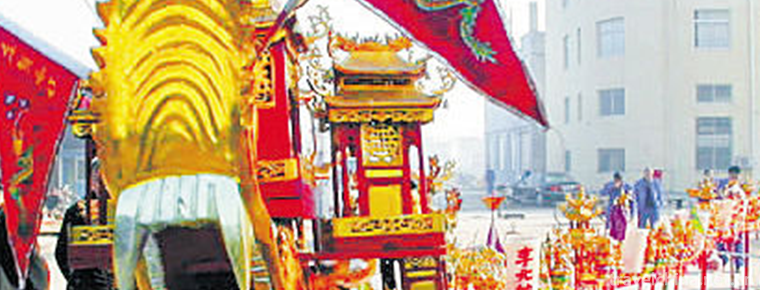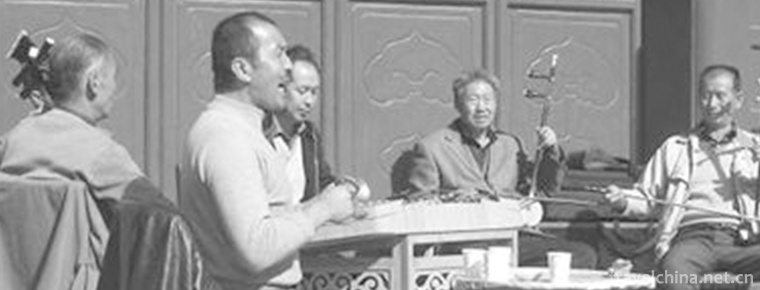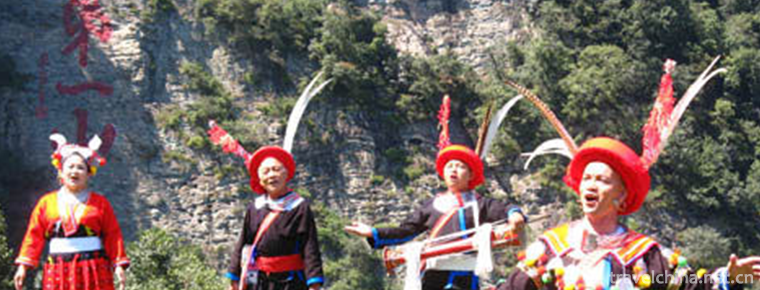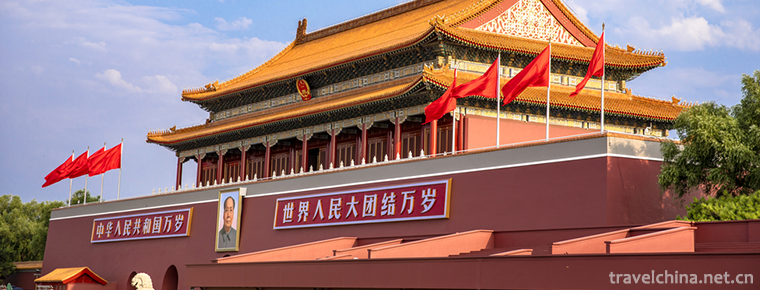Mongolian yurt building skills
Mongolian yurt building skills
Mongolian yurt building skills, the traditional local skills of Xiwuzhumqin Banner and Chenbalhu Banner in Inner Mongolia Autonomous Region, one of the national intangible cultural heritage.
Mongolian yurt building skills, drawing circles on the ground, according to the size of the circle, by several pieces of wood woven into a network of walls, after the wall is installed, the umbrella-shaped top and wood nets will be connected, the skeleton covered with felt to be bound with rope, the top of the bag left skylight for ventilation and lighting, when it rains can be covered.
In 2008, Mongolian yurt construction technology was approved by the State Council of the People's Republic of China and listed in the second batch of national intangible cultural heritage list, heritage number: _-181.
historical origin
During the Qin and Han Dynasties, the Huns were the hegemony of the northern grasslands. There is a record in Historical Records of Huns that "Huns'father and son lie on the same vault". Among them, the simple word "dome" has clearly outlined the image of the building at that time, that is, the house with dome.
In the Western Han Dynasty, Huan Kuan described the dome Lu in Yan Tie Lun Gong as "weaving willow as a room, blanket as a cover".
During the Wei, Jin, Southern and Northern Dynasties, Tuoba Xianbei unified the north. In 492, Emperor Qiwu of the Southern Dynasty sent envoys to the Northern Wei Dynasty. The envoys at that time had recorded the tents of Xianbei people as follows: "Connecting with ropes, twigs and maple, covered with green reels, forming a round shape, and allowing hundreds of people to sit down, which is called"bun"and"Baizi tent"of a cloud.
In the middle of the 6th century, the Turkic Khanate grew stronger and became the master of the Mongolian grassland. Like other northern minority nationalities, they live in felted tents, eat meat and drink cheese, and are good at riding and shooting. They live by water and grass. For example, "Sui Shu Turk Biography" said that the Turks "dome tent, with the migration of water and grass, to animal husbandry shooting and hunting for business." "Taiping Guangji" quotes "Talk about the Pond" as saying, "Turkish meat is cheese, ice is pulp, dome is tent, felt is wall".
In the Yuan Dynasty, the Mongolian people developed the production level of Mongolian yurts to an unprecedented height. Peng Daya in the Southern Song Dynasty described the Mongolian yurts in his Black Tartar Story: "There are two kinds of domes: the system of Yanjing, using willow as bone, just as in the south, it can be rolled and shrunk. Opening the door in front of you is like an umbrella bone. Opening the door is like an umbrella bone. It's called a skylight. It's all covered with felt and can be carried immediately. In the meadow system, willows are woven into hard rings, which can not be rolled up and stretched by felt. When the car is loaded, the water and grass will move as far as possible, and there is no fixed date at first." At that time, there were two types of yurts: one could be disassembled and carried by livestock; the other could not be disassembled and built on cars.
Xu Ting of the Southern Song Dynasty wrote about it when he was in Mongolia: "When Ting arrived at the grassland, he set up a golden tent, whose system was a large felt tent in the grassland, with the upper and lower blankets as clothing, the middle of which was made of willows as transparent windows, with more than a thousand lines, and the threshold and pillars were wrapped in gold, hence the name." In addition to fixed Palace accounts, good offices ears also have the form of car. The French William Rubluch wrote in Travel to the East: "The curtain is very large and can be as wide as thirty feet. The width between the two tracks left on the ground is twenty feet. When the curtain is placed on the car, it stretches out five feet on each side of the wheel. Twenty-two cows pulled a car, eleven steaks in a row, two in front of the car. The axle is as big as the mast of a ship.
In the Ming Dynasty, Mongolians perfected the construction technology of yurts.
Around the 17th century, all the tribes in Mongolia successively returned to the gradually strong Qing government. When emperors of the Qing Dynasty paid special attention to grand ceremonies and gave banquets to foreign vassals, they would arrange the venues in huge yurts so that all vassals could feel at home. This kind of yurt is called "Big Bang" or "Wu Zhang", which was recorded by British Deputy Ambassador Stenden: "There is a solemn big bun in the garden, surrounded by golden paint pillars. Instead of following the rope tilting to the ground, the canvas is hung vertically in the half way, and the upper part of the canvas is made into a big bow top. There is a throne in the Big Bang. There are windows all around Daxin, and the sunshine outside concentrates on the throne through the windows. Faced with the throne, there was a wide opening, from which a yellow double ceiling curtain protruded.
Nowadays, except in remote pastoral areas, it is very difficult to see the original traditional Mongolian yurts.
Process characteristics
Mongolian yurts are made of wood, wool rope and felts. The three-in-one felts are composed of "sleeve" (skylight), "Wuni" (rafter of umbrella-strand radiation) and "Hana" (grid-shaped wooden fence), felts (part covering skylight), roof (part covering "Wuni"), felts (part covering "Hana"), and felts (part covering "Hana"). The unique folk houses most suitable for northern climate and nomadic production. Because it is basically a "three-stage combination" house, which can be turned into zero, the material is portable and can be used repeatedly, so it is very convenient to build, disassemble, move and repair.
The Mongolian yurts in Xiwu Zhumuqin Banner are made of wood, felt and bristle rope. Ulmus is usually used to make the yurts. There are no nails in the structure. The Mongolian yurts are spacious and comfortable, with special wooden frames as "Hana", wrapped in two or three layers of wool felt, and tied outside with ropes twisted from horsehair or camel hair. Its top uses "Uni" as a bracket, which is in the shape of a sky curtain. The circular apex opens a skylight, that is, a sleeve. The sleeve covers four sides of wool felt, which can be ventilated and illuminated.
The yurts in Chenbar Tiger Banner used local willows and reeds along the lake to build summer yurts. This kind of yurt is made of local materials, handmade, concise and practical, beautiful and generous, impermeable, cool and pleasant.
The Mongolian yurt construction technique consists of the production and decoration of wooden frame and felt. It integrates woodworking, embroidery, sculpture, painting, weaving and other aspects. It is a masterpiece of Mongolian folk handicraft. Mongolian yurts and their construction techniques are an important part of Mongolian nomadic culture. They have accumulated and formed in the long-term production struggle and life practice. They are adapted to the natural environment and have a unique regional cultural style. Hana is flexible and can change freely. The height and size of Mongolian yurts can be adjusted according to needs. It can cope with the sudden change of climate in rainy season, monsoon season and the increase and decrease of residential population. The circular structure reduces the attack of wind, rain and dust on Mongolian yurts, and makes it better adapt to the cold and hot continental climate of Mongolian Plateau.
Inheritance and protection
Inheritance value
Mongolian yurts and their construction techniques are an important part of Mongolian nomadic culture. They have accumulated and formed in the long-term production struggle and life practice. They are adapted to the natural environment and have a unique regional cultural style. The unique and long-standing Mongolian yurt construction technique has high historical and cultural value.
Current situation of inheritance
Nomadic life has gradually turned to settled life, and the Mongolian yurt construction technology tends to decline, which deserves careful summary and inheritance.
Heritage figures
Hussenger, the representative successor of the fourth batch of national intangible cultural heritage projects, declared the Xiuzhumuqin Banner of Xilingol League, Inner Mongolia Autonomous Region, declared the project: Mongolian yurt construction skills.
Binba, the representative successor of the fifth batch of national intangible cultural heritage projects, declared Chenbar Tiger Banner of Inner Mongolia Autonomous Region, declared the project: Mongolian yurt construction skills.
protective measures
In 2012, Ban Fengbin, the inheritor of Mongolian yurt construction technology in Sunite Right Banner of Xilingol League, Inner Mongolia Autonomous Region, founded a processing enterprise mainly producing traditional Mongolian yurts, ethnic furniture and Mongolian daily necessities. The Mongolian yurts not only inherit the traditional style, but also have local characteristics.
In 2018, Wang Yongshan, the inheritor of Mongolian yurt construction technology, established Inner Mongolia Engel National Crafts Manufacturing Co., Ltd. in Gacha, Chagan Hada Sumu Stone House, Zuoqi, Bahrain. The company was designated as the production base of intangible cultural heritage in Bahrain Zuoqi.
social influence
In 2004, Hussenger, the inheritor of Mongolian yurt construction technology, produced the tribute yurt of Wuzhumuqin Hude Sulide, and participated in the production of large saddles in Xiwuqi Hotel.
In December 2004, the Zhenglan Banner built six yurts into Antarctica, the southernmost part of the earth.
The 22 specifications of Mongolian yurts produced by Zhenglanqi Mongolian yurt factory with 50 years of history are not only popular in more than 30 large and medium-sized cities throughout the country, but also exported to Korea, Japan, France, Mongolia, Germany, the United States, Australia and other countries and regions to make traditional Mongolian yurts move from Xilingol grassland to the world.

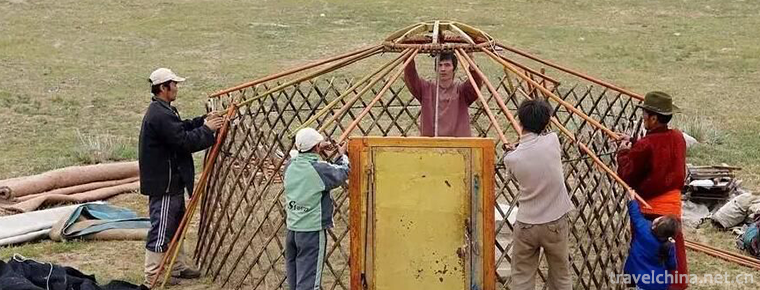
-
Chaoyang Park Beijing Sun Park
Chaoyang Park in Beijing is a comprehensive and multi-functional cultural recreation and entertainment park with gardening as the main part. It is the largest city park within the Fourth Ring Road in .
Views: 119 Time 2019-01-05 -
Gongchangling Hot Spring Skiing Ground
Gongchangling Skiing Ground is located in Tanghe Scenic Area of Gongchangling, Liaoyang City, Liaoning Province. It covers an area of 100 hectares and is a national AAA-class tourist attraction..
Views: 109 Time 2019-01-12 -
Stone Old Man Sightseeing Park
Shilao Sightseeing Park is located in Qingdao City to Laoshan Scenic Area, east of the fishing banquet in the Tang Dynasty, with an area of 1200 mu. Starting at the end of 1999.
Views: 201 Time 2019-02-08 -
Fuzhou Arts
Fuzhou jiuyi, also known as jingyi, belongs to one of the five traditional local songs in Fujian Province, which mainly focus on singing, and is popular in Fuzhou dialect area.
Views: 392 Time 2019-04-29 -
Lei opera
Lei Opera, formerly known as the Grand Opera Class, was once known as "Leizhou Opera" because of its early tune of Leizhou songs. It is one of the national intangible cultural heritage of Le.
Views: 146 Time 2019-05-11 -
Lishui drum words
Lishui Drum Ci is a popular rap art in Liandu and its surrounding areas in Lishui City, Zhejiang Province. Lishui Drum Ci originated from the Tang Dynasty. During the reign of Emperor Li Shimin, it wa.
Views: 334 Time 2019-05-13 -
72 Sorcery Music of Lingyun Zhuang Nationality
The 72 witchcraft tunes of Lingyun Zhuang nationality originated in Lingyun County, Guangxi, mainly centered on Sicheng Town, where the county government is located. It is a tune sung by the Zhuang wi.
Views: 182 Time 2019-05-13 -
Dragon file long dang
"Dragon File", also known as "Bench Dragon", is a craft art with strong local folk traditional characteristics in Yueqing, Zhejiang Province, China. Dragon stalls are developed fro.
Views: 136 Time 2019-05-14 -
Ping Tan drama
Pingjiao Opera is a kind of high-pitched opera that sings opera and prose in local dialect. It is a unique local opera in Fujian Province. It was formed in the early Qing Dynasty, originated in Pingna.
Views: 123 Time 2019-06-09 -
Qinghai Pingxian
Qinghai Pingxian, also known as Xining Fu Zi, is one of the new local folk songs in Qinghai Province. It is popular in Xining, Huangzhong, Datong and Mutual Aid Agricultural Areas. Qupai is known .
Views: 203 Time 2019-06-10 -
Yao Folk Songs
Yao folk song is a popular Yao folk song in Ruyuan Yao Autonomous County of Shaoguan City. Yao language is called "Saihua handle". It is translated into Chinese to mean "the language th.
Views: 125 Time 2019-07-11 -
Chinese history
Chinese history From China Chinese civilization To the present history. China has a long history. Since the Huangdi tribe Ji Xuanyuan (also known as the Gong sun Xuanyuan) period has been counted for .
Views: 197 Time 2019-08-28
